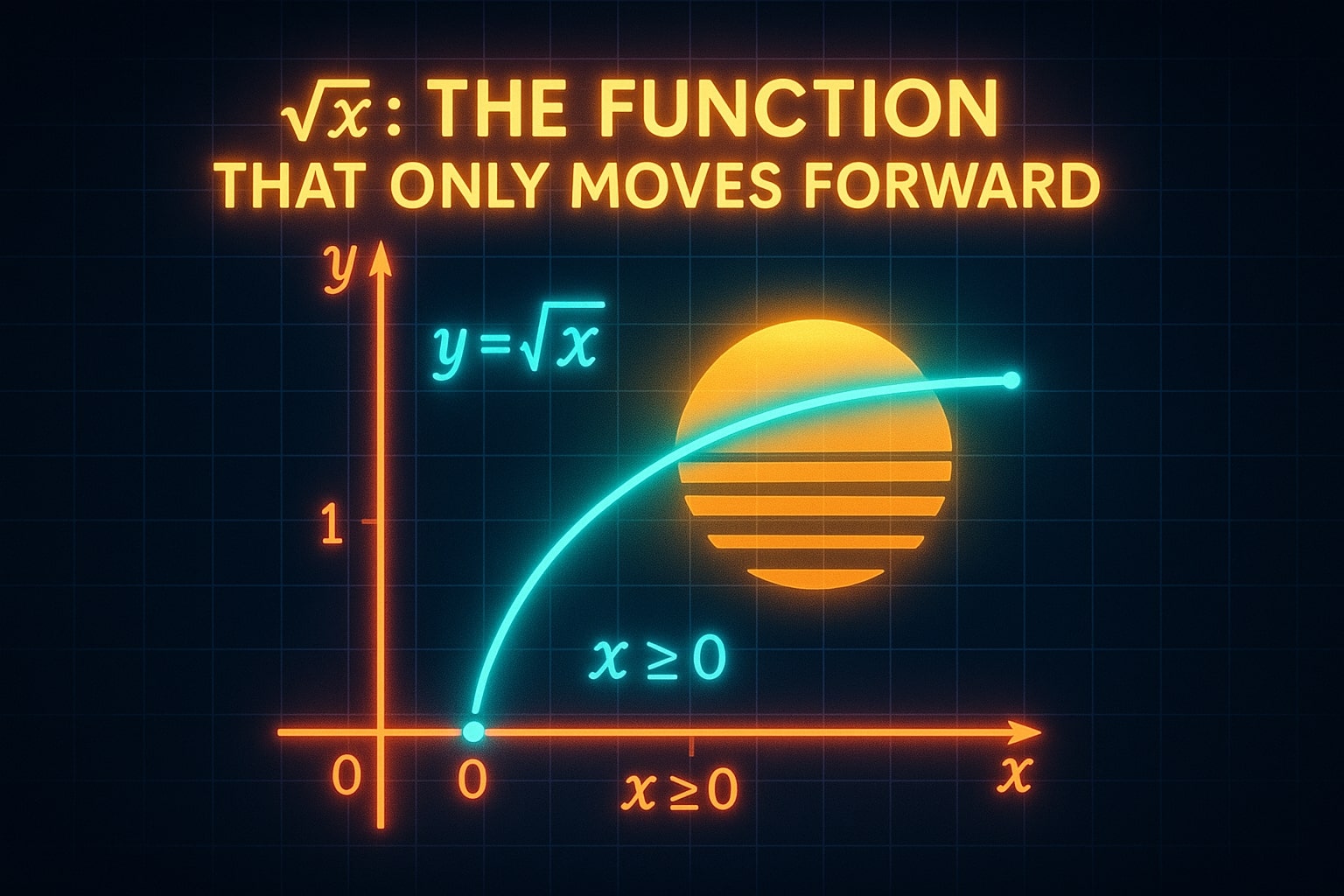Looking for a quick and accurate way to calculate square roots? Our Square Root Calculator is the perfect solution. Whether you're a student tackling algebra, a professional in engineering, or just someone brushing up on math skills, this tool offers a fast and reliable way to determine the square root of any positive number.
For more complex root calculations, be sure to try the Roots Calculator — a more advanced tool that handles a wide range of root types. For more advanced calculation, check out Math section with a thoundsand of calculators.
What is the Square Root?
A square root represents the number that, when multiplied by itself, gives the original value. For example, the square root of 25 is 5, because 5 × 5 = 25. The operation is commonly written using the radical symbol (√), where the number inside is known as the radicand.
Mathematically, √x = y means that y² = x.
The Square Root Symbol (√)
The √ symbol is a familiar part of mathematics, used to indicate the square root operation. Its design traces back to the Latin letter "r", short for radix (meaning “root”), capturing the core idea of finding a base number that, when squared, gives the original value.
This notation dates back to the 16th century, first introduced by mathematician Christoph Rudolff. Since then, it has become a fundamental symbol in modern math, especially in areas like algebra, geometry, and calculus.
Over time, the square root symbol has evolved to include more complex root operations, such as the cube root (∛) and the nth root (𝑛√). These extended forms play a crucial role in solving a wide range of mathematical problems, particularly when dealing with polynomials, nonlinear equations, or simplifying expressions in a clear, concise way. You can explore cube root calculations further with our Cube Root Calculator.

Square Root of Negative Numbers
In the realm of real numbers, the square root of a negative number doesn’t exist—because no real number squared results in a negative. But in the complex number system, this is made possible by using the imaginary unit (i), where i² = −1.
Example: √−9 = 3i
This is especially important in advanced math, physics, and engineering fields dealing with waveforms or electrical systems.
Square Root Operations
Square roots obey specific math rules for addition, subtraction, multiplication, and division. These help maintain accuracy when working with both rational and irrational numbers.
Square roots can't be directly added or subtracted unless their radicands — the numbers inside the square root symbol — are the same. This is because square roots don’t follow the same rules as regular addition or subtraction.
For instance: √9 + √16 = 3 + 4 = 7
In this example, the square roots are calculated separately before being added together. However, for expressions like √9 + √8, simplification is not possible because the radicands differ.
In some cases, simplifying radicands might reveal common factors. For example:
√50 + √18
= √(25×2) + √(9×2)
= 5√2 + 3√2 = 8√2
Square roots can be multiplied by combining their radicands under a single square root, following the property:
√a ×√b = √ab
Likewise, square roots can be divided by merging their radicands under one radical, using the rule:
√a ÷ √b = √(a ÷ b)
This allows you to simplify square root expressions by combining them into a single square root.
However, when dividing, it's important to make sure the denominator doesn’t contain a square root. If it does, you’ll need to rationalize the denominator — a standard step in simplifying radical expressions.
For example:
.png)
This process eliminates the square root from the bottom of the fraction, making the expression cleaner and more suitable for further calculations.
Derivative of the Square Root
In calculus, the square root function can be differentiated using the power rule. Rewrite: x=x12Then apply: ddxx=ddxx12=12x−12=12x This formula reveals that the rate of change of √𝑥 decreases as 𝑥 increases, reflecting the gradual flattening of its curve.
Example:
Let f(x)=√x. To find the derivative at x = 4:
f ′(4) = 1 / (2√4) = 0.25
This means the slope of the tangent to the graph of y=√x at x = 4 is 0.25
Graph of the Square Root
The graph of the square root function, y = √x, has a unique shape that looks like half of a parabola opening to the right and sitting above the x-axis. It begins at the origin (0, 0) and continues only for x ≥ 0 within the real number system, since square roots of negative values aren’t defined in real numbers.

Square Root of Powers and Fractions
Square roots extend naturally to both powers and fractions, following specific mathematical properties:
- Square Root of Powers: The square root of xn can be expressed as:
√(xⁿ) = x^(n/2)
- Square Root of Fractions: The square root of a fraction is calculated by taking the square root of both the numerator and the denominator:
√(a/b) = √a / √b
Square roots often appear in geometry formulas, especially in Heron’s formula for triangle area. Try our Triangle Area Calculator to see it in action.



